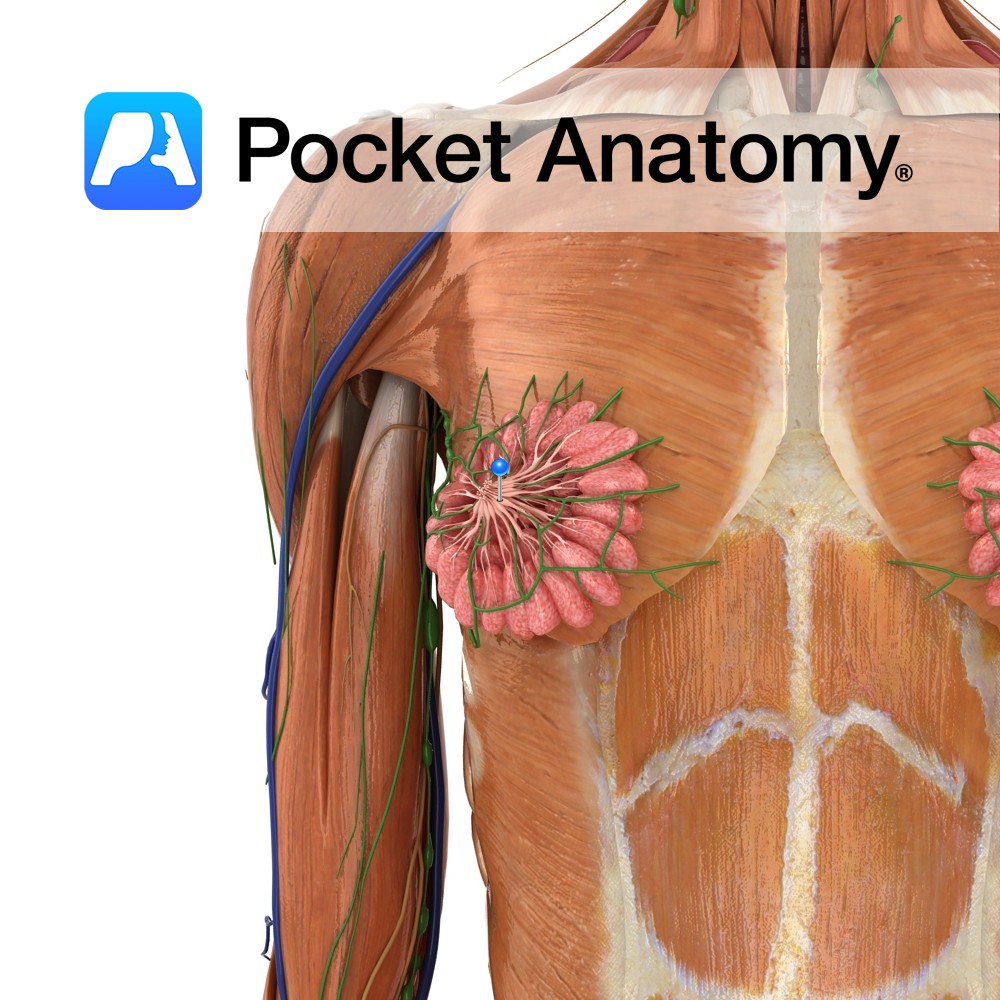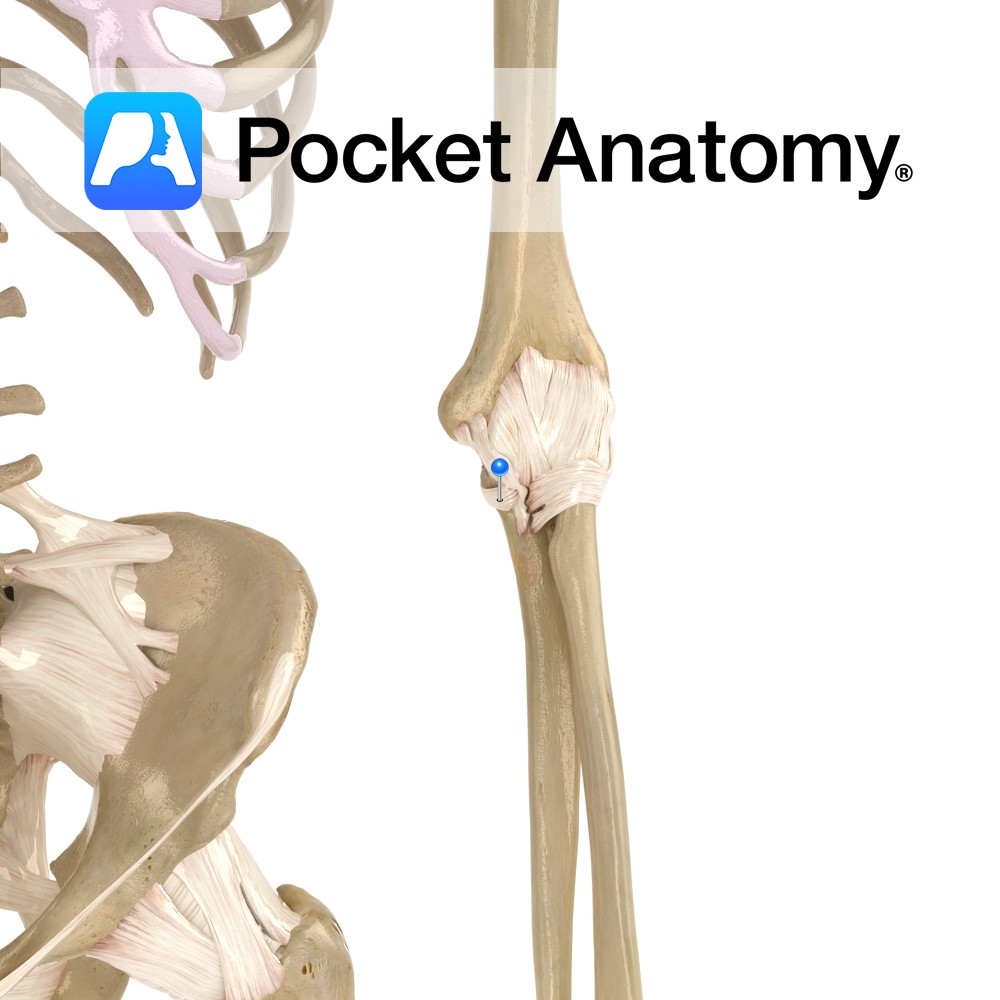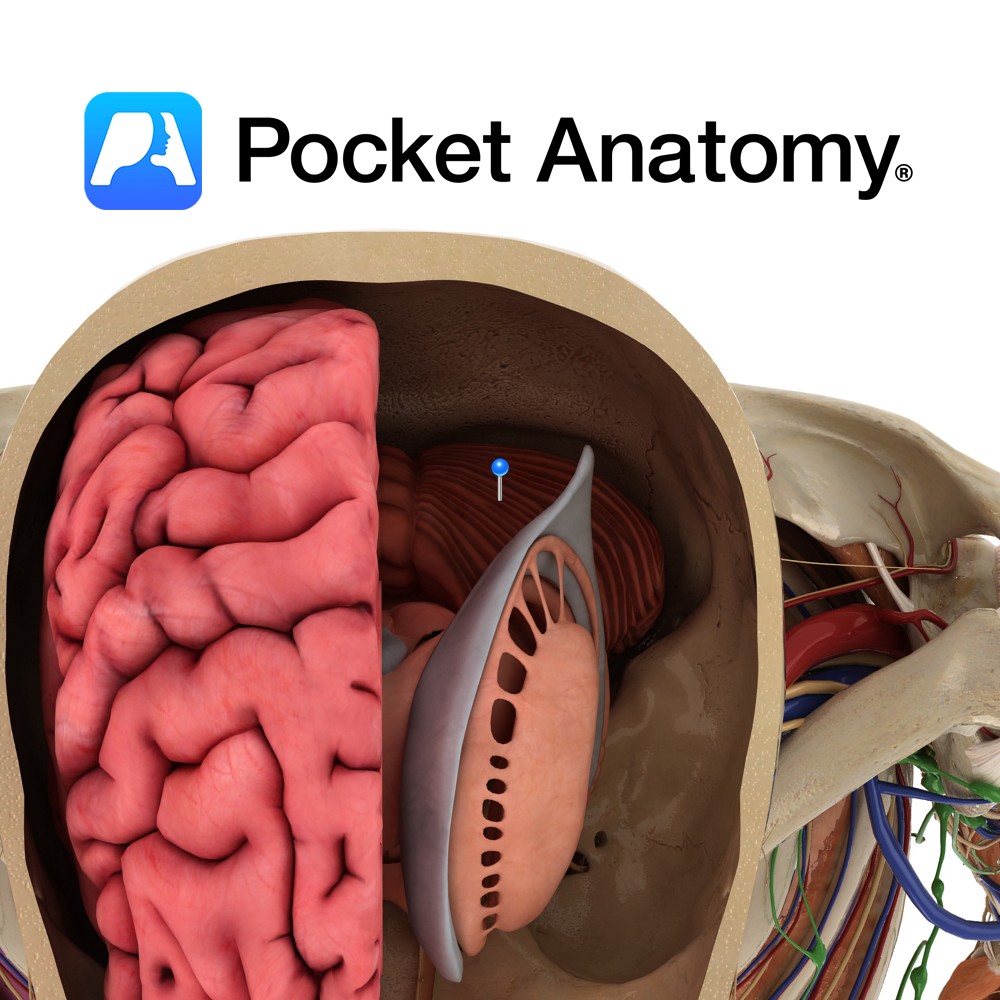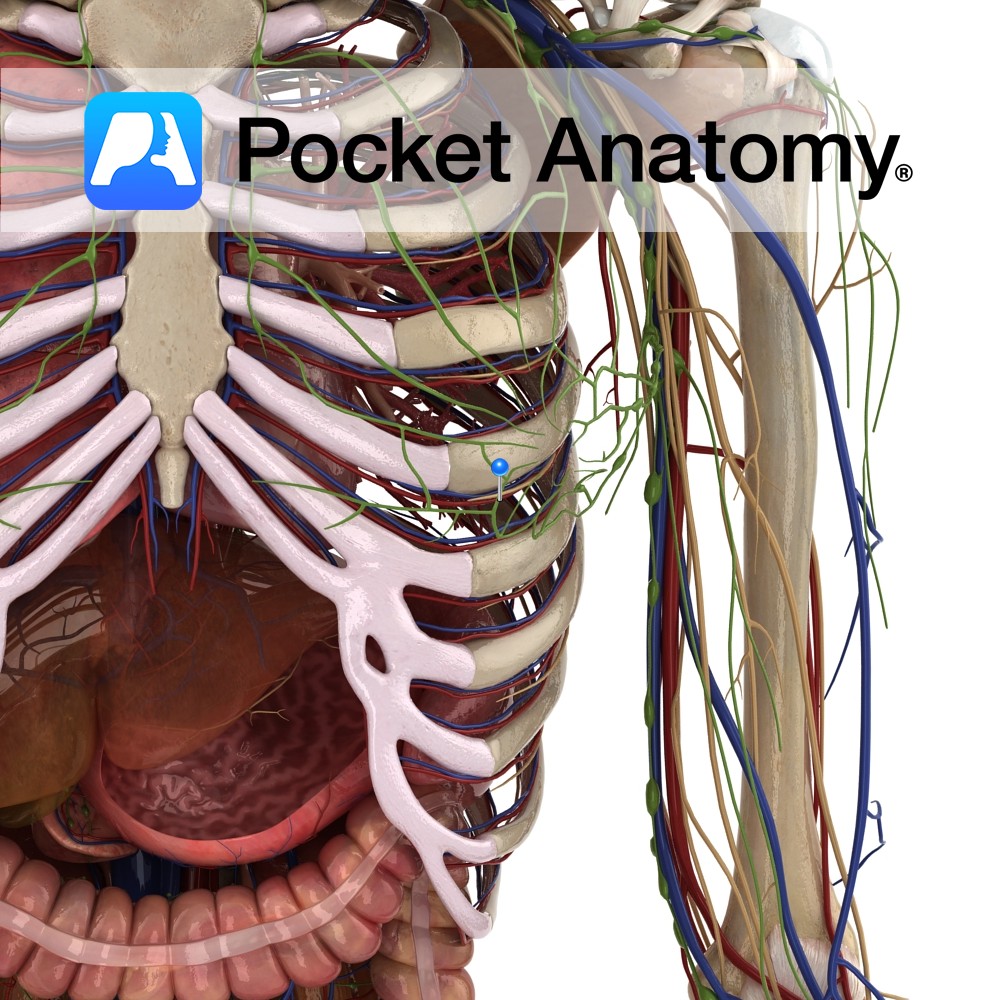Anatomy
Lactiferous/milk/mammary ducts which convey milk from acini/sacs (acinus is berry-like cluster of milk-producing cells) in breast lobules, to the nipple. Acinus – the cluster of cells, alveolus – the space they enclose, duct/ule – the tube carrying away the exocrine secretions ie milk). Ducts join and get bigger as they converge on nipple (branch and get smaller as they diverge from it; TDLU or terminal ductal-lobular unit is the breast tissue associated with one of the end-ducts opening to exterior at nipple. Lined by columnar and myo-epithelium.
Physiology
In addition to passively carrying milk, ducts also have a contractile element, play a role in maintaining the composition of milk – such as cassein content – through resorption, also form keratin plugs in non-lactating state (barrier to infection).
Clinical
Most breast diseases arise in/from ductal tissue, presumably due to constant hormonal cyclical growth/turnover/change and associated risks of benign/malignant changes.
Interested in taking our award-winning Pocket Anatomy app for a test drive?





